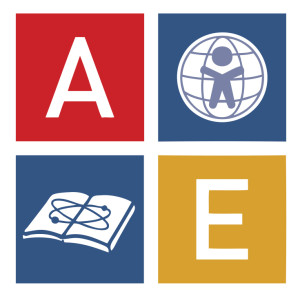Charter Document
What is a Charter School?
Charter schools are public schools supported by tax dollars that are permitted to implement innovative programs beyond state and district mandates. Charter schools in California can create their own curricular approach and governance but must adhere to the California State Content Standards and Benchmarks set by the California State Board of Education. Teachers at charter schools in San Diego County can be district employees and receive equal salary and benefits. The advantage of being a charter school is the increased curricular autonomy; the challenge is that a charter school also has increased academic accountability for student success.
Albert Einstein Academies have thrived because the freedom to develop a curriculum designed to prepare children to thrive in a global world; we also believe the challenge of increased academic accountability has promoted a school-wide vision for academic success.
A charter school is a new form of public school that may be started and operated by individuals or organizations from outside of the traditional school district system. Successful charter school developers are granted a charter to operate a public school for a fixed period of time (in California usually for 5 years). Charter schools are generally exempt from most laws that apply to regular public schools, so administrators, faculty, staff and parents have considerable autonomy in designing an educational program, facilities and budget that meet the needs of their students. In exchange for this increased autonomy, charter schools are held much more strictly accountable than most non-charter public schools. Charter schools must meet all of the student performance and operational goals listed in their charter, or their charter may be revoked.
The charter school reform concept is part of a larger policy effort to fundamentally alter the structure of the public education system in an effort to (1) provide quality public education choices for families, (2) enable change-oriented educators to establish and operate new, innovative schools, and (3) provide increased competition within the public education sector. It’s the competitive aspect of the charter concept that makes it controversial and also powerful.
How is a Charter School Funded?
Charter school funding varies from state to state. In California, charter schools receive state and local funding in a per student allotment. This allotment is based on statewide averages, dependent on the grade level of the students. Many charter schools also receive state and federal funding through categorical programs like Title I or class size reduction. In addition, many charter schools apply for and receive funds from the federal charter schools grant program administered by the California Department of Education. Several charter schools also receive contributions from individuals and private foundations to support their operations. As public schools, charter schools are not allowed to charge tuition.
How is a Charter School Governed?
There is a range of governance structures in charter schools. In California, some charter schools, referred to legally as “dependent” charter schools, are established or remain a legal arm of the school district or county office of education that granted their charter. Other charter schools, a.k.a. legally “independent” charter schools, function as independent legal entities and are usually governed by or as public benefit (“not-for-profit”) corporations. AEACES and AEACMS are independent charter schools under the non-profit Albert Einstein Academies. The schools’ governance structures are described in their charters. The charter-granting agency has the responsibility ensure that the charter schools for which they have granted charters are meeting the terms of their charter, are fiscally sound, and are complying with all applicable laws.
